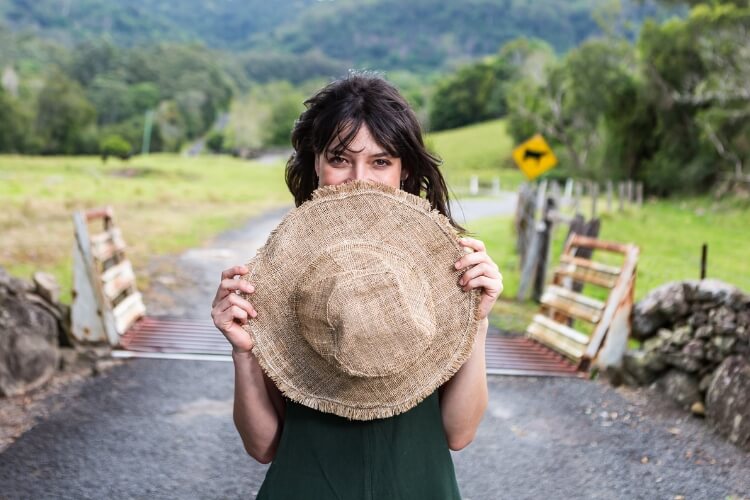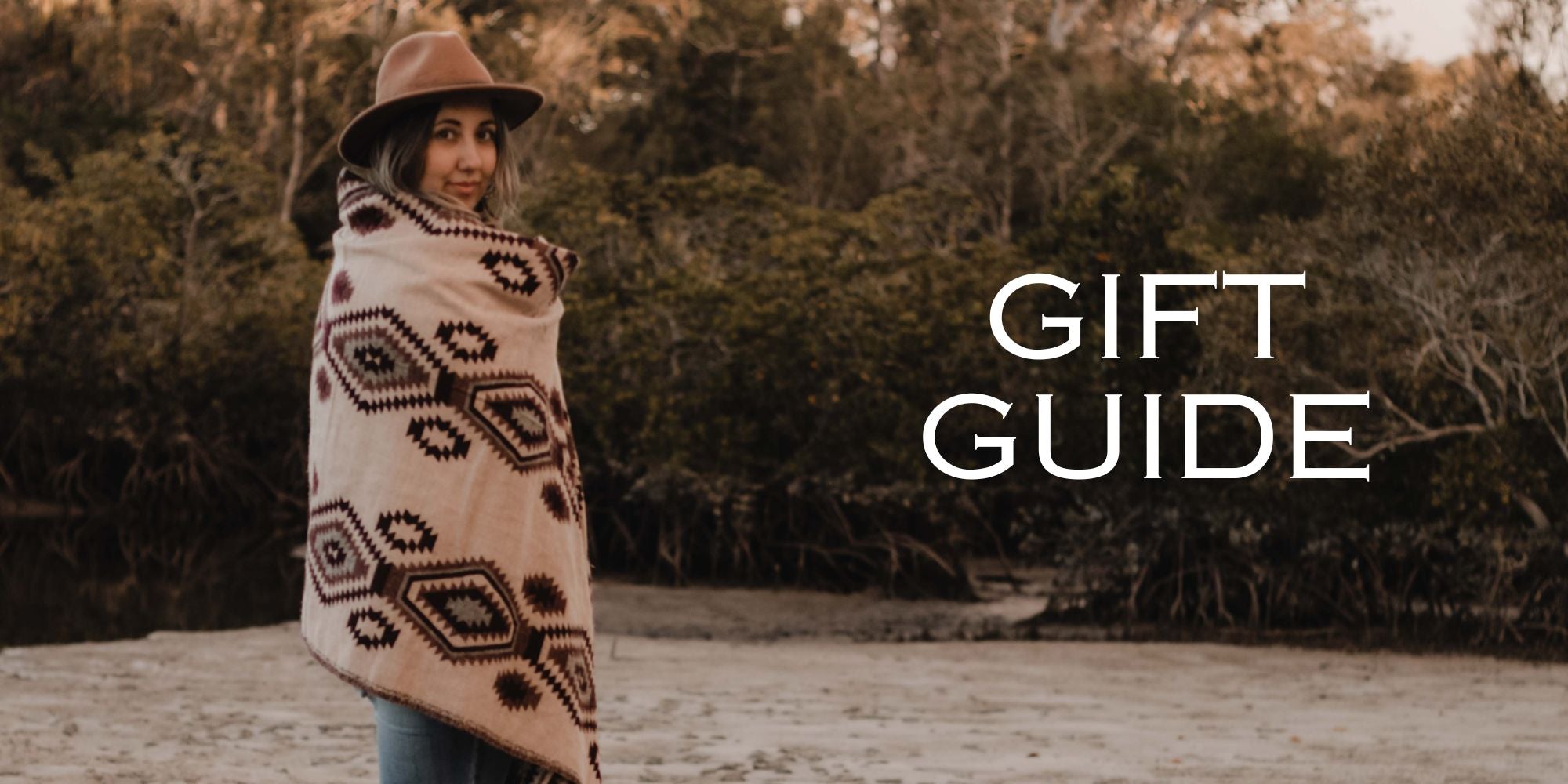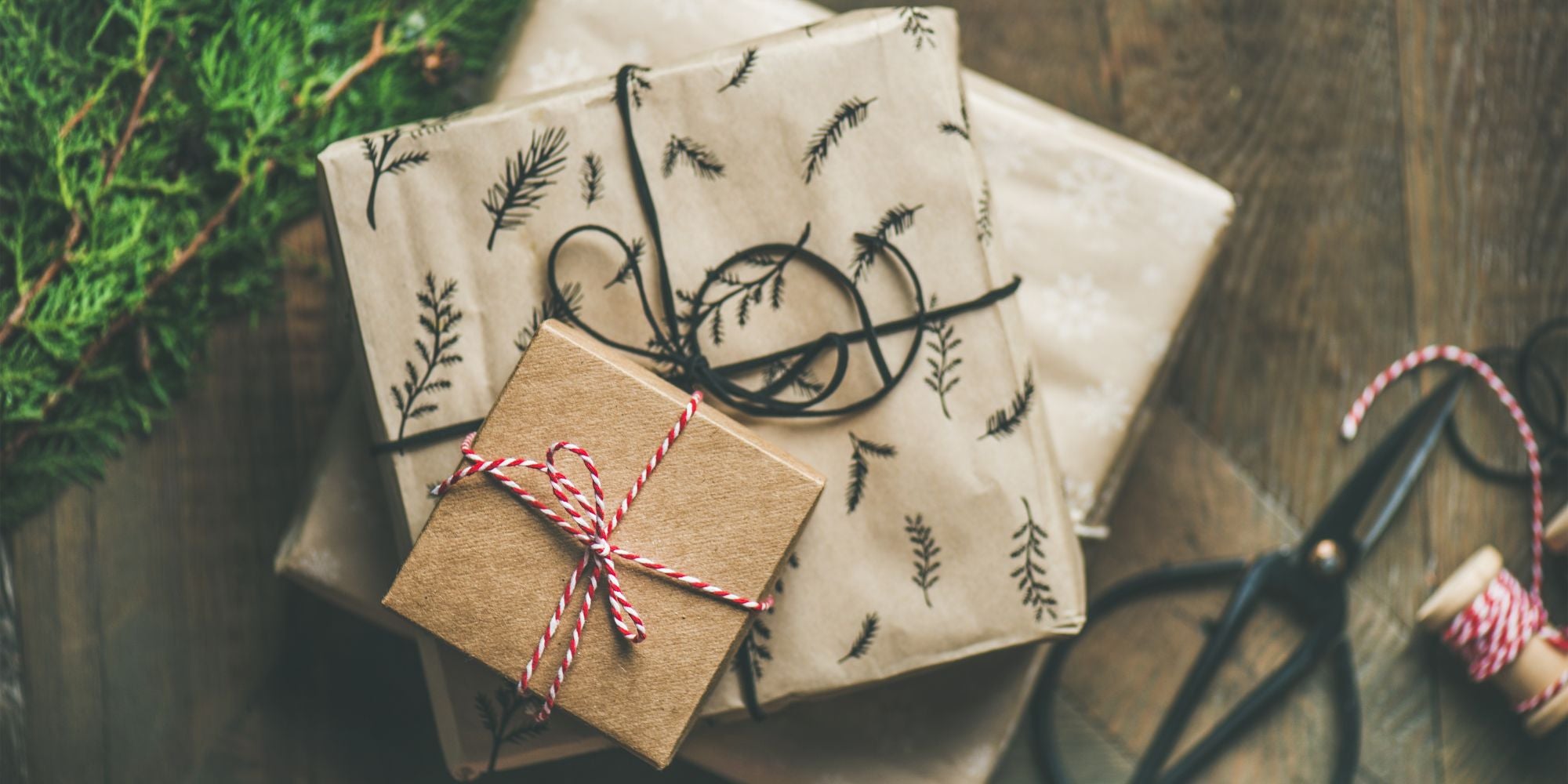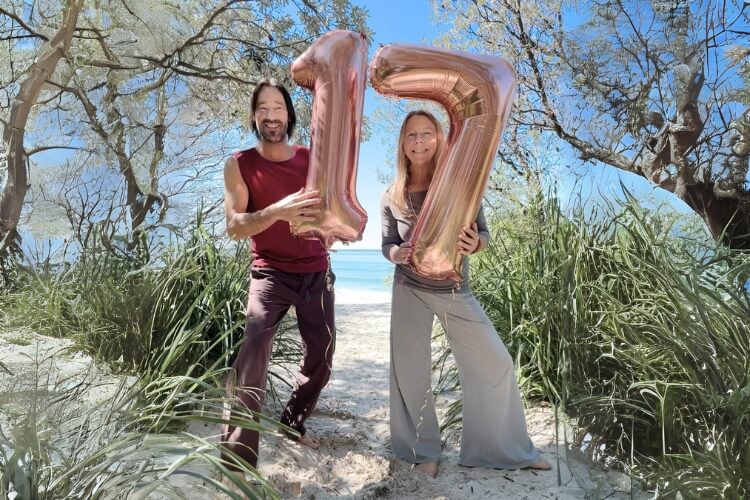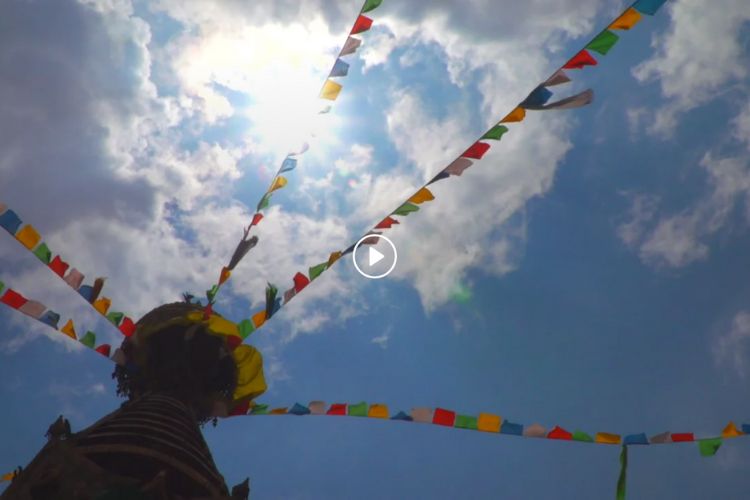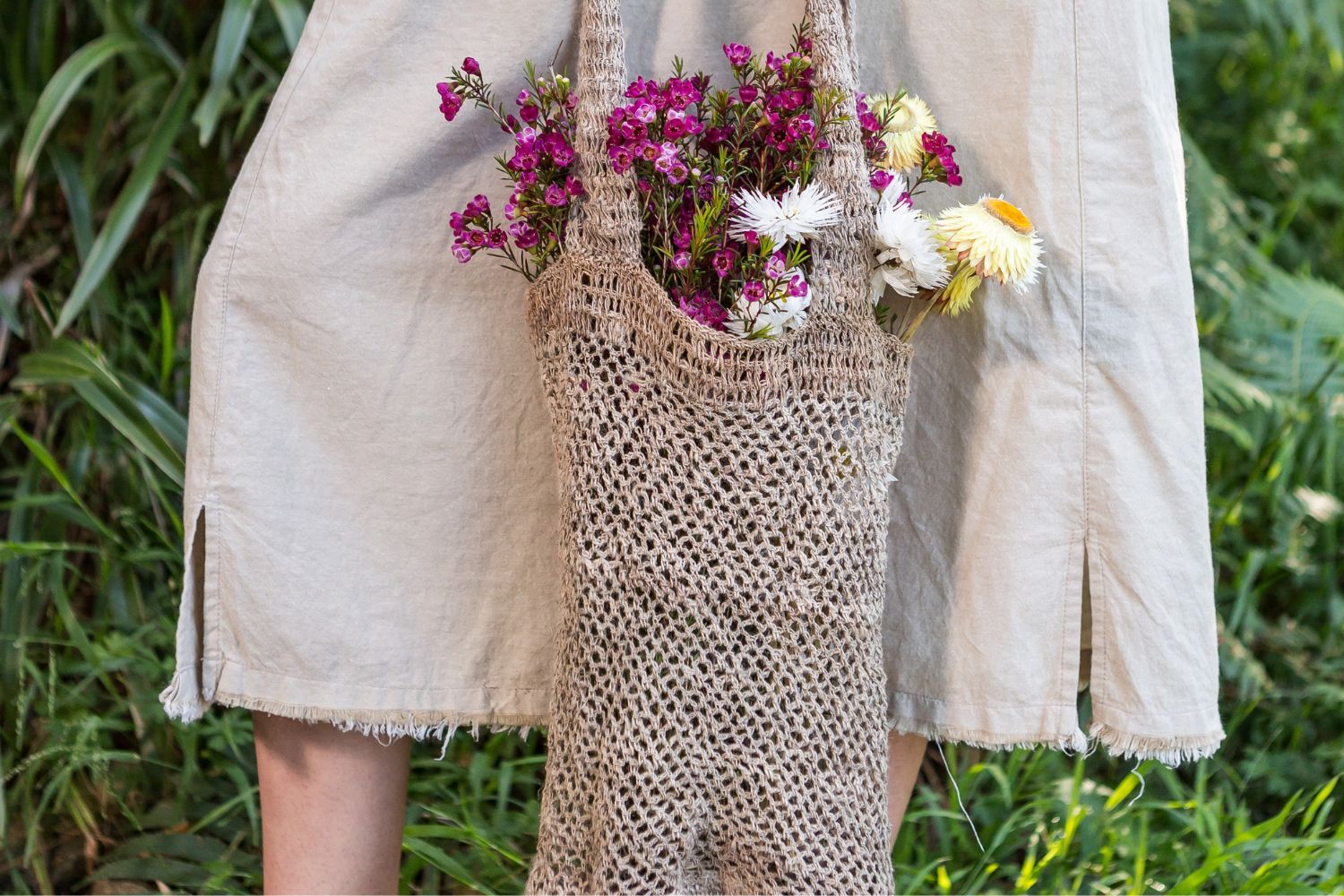
I'm not going to lie; this was a hard blog post to write. While I knew all about the terrible practice that is mulesing, researching it in detail and seeing countless horrific images is a whole other thing. I do believe it's important to tell their story though, and help conscious consumers be able to make more informed choices. I have intentionally NOT displayed any traumatic images, as the words speak for themselves and google is always available if you must see.

I've heard many people wonder why some animal lovers won't wear wool, being that the animal doesn't need to be killed to produce the fibre. We're just shearing them aren't we?
Well no, not quite.
What they may not be aware of is the awful practice of mulesing.
Sheep, especially merino sheep have lots of woolly wrinkles and folds on their hind skin and butts. When this area stays constantly moist (due to urine and faeces remaining in place), flies and blowflies lay eggs on and around the area. These eggs hatch into larvae which feed on the skin of the sheep, and can eventually cause flystrike which is often fatal if left untreated.
Most Australian sheep farmers prevent this happening through the process of mulesing.

So, what exactly is mulesing?
The RSPCA say, "Mulesing is a painful procedure that involves cutting crescent-shaped flaps of skin from around a lamb's breech and tail using sharp shears designed specifically for this purpose. The resulting wound, when healed, creates an area of bare, stretched scar tissue".
The rough, bare skin cannot be penetrated by flies or blowflies, meaning the lamb should not be affected by flystrike.
The main problem is that this procedure is done without any kind of anaesthesia or pain relief. The lamb is usually between 2 - 10 weeks old, and often has other practices performed at the same time; tail docking, ear cutting, and castration - again, without the use of anaesthesia or pain relief.

Shockingly, mulesing is still legal in Australia, however New Zealand have led the way once again and they went and banned the practice in 2018.
As traders who work with wool we want to be accountable for what we buy, and what we sell to you all.
We only work with makers and small businesses in Nepal that purchase wool from New Zealand, ensuring all our wool and merino wool pieces are cruelty free. This is an awful, inhumane practice being done to our animals, and alternatives need to become mainstream in Australia as well.

Every item we sell that contains wool is made from New Zealand mulesing free wool; our Winter Woolies, our felt items for children and our felt homewares - and this makes us unbelievably happy!
What else can you do?
Aside from ensuring your wool purchases are mulesing free, you can write to your local MP telling her / him that this issue is important to you as a constituent, and that you would like them to support banning mulesing as a practice. They will reply to you, and imagine if everyone did it - it does help!
And while you're there, you might as well mention puppy farms too!
It's the least we can do to help our beautiful hoofed, pawed, scaled and winged brothers and sisters.
Until next time,
Mel Xx

Image Credits
Sources





